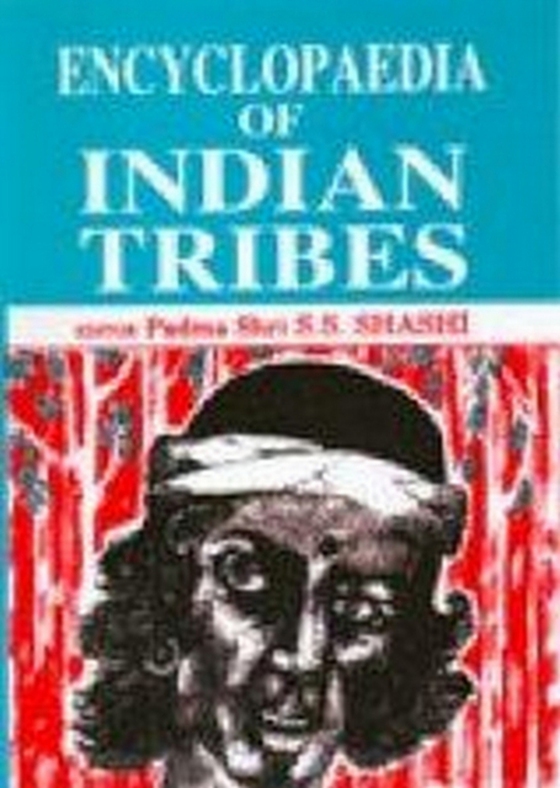
Encyclopaedia Of Indian Tribes Tribes Of The Southern Highlands e-bog
1021,49 DKK
(inkl. moms 1276,86 DKK)
One interesting feature of tribal history in India is the number of revolts and uprisings that have taken place as a result of the tribal peoples attempts to fight injustice, oppression and exploitation. There have been as many as 65 uprisings by tribal communities all over the country, from as far back as the mideighteenth century when the British were first consolidating their presence in Ind...
E-bog
1021,49 DKK
Forlag
Anmol Publications PVT. LTD.
Udgivet
30 juni 2012
Længde
309 sider
Genrer
Anthropology
Sprog
English
Format
pdf
Beskyttelse
LCP
ISBN
9789354105715
One interesting feature of tribal history in India is the number of revolts and uprisings that have taken place as a result of the tribal peoples attempts to fight injustice, oppression and exploitation. There have been as many as 65 uprisings by tribal communities all over the country, from as far back as the mideighteenth century when the British were first consolidating their presence in India. And, even after Independence, there have been over a dozen major uprisings since 1956. The most recent are the continuing Naga insurgency, the Bodo problem in Assam and the tribal violence in Tripura. Several sociological problems have been exploited by politicians to give them political overtones. It is evident that the great Indian tribal communities are being exploited even today, by a different set of people and with a different kind of tool. Dr. S. Radhakrish-nan, the great Indian statesman and philosopher, once President of the Republic, said: We must approach the tribal people with affection and friendship and not with condescension or contempt. That, in the end analysis, holds good even today. We must give the hostile tribals too a chance. It is with such thoughts and a more than academic interest, even empa-thetic understanding, that I have endeavoured to bring together readable as well as useful material in this collection. The purpose is to present, in these companion volumes, a more than fleeting glimpse of the ways of the tribal peoples of this country. The attempt has been to stress the human aspect rather than the academic. This has necessitated tapping a vast range of sources: Central and State Government libraries and information centres, universities and other higher institutions, departments, agencies, autonomous bodies, research organisations and voluntary bodies. A vast amount of material had to be seen and sifted and the articles, papers, excerpts, notes and commentaries had to be placed in composite wholes in order to make the volumes an asset not only collectively but also individually. It is hoped that this effort has borne fruit.
 Dansk
Dansk

